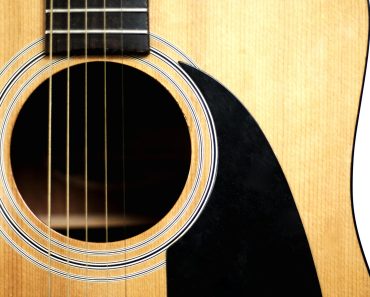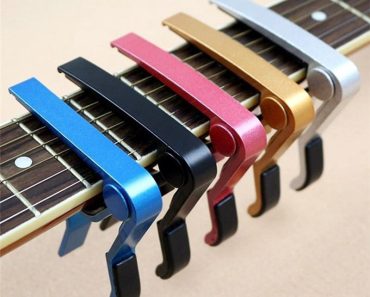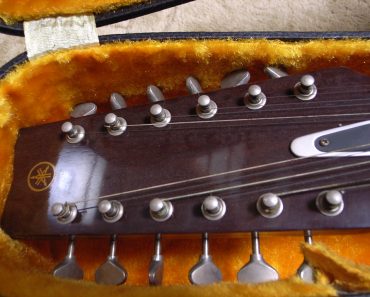There are a lot of things to think about when purchasing your first guitar amplifier, and you want to be sure you’re getting a good deal. Let’s look at some of the characteristics you should search for while choosing the right guitar amplifier for you.
GUITAR AMP SIZE AND PORTABILITY
When it comes to picking your first guitar amplifier, the best size to start is with. Guitar amps come in a variety of sizes, ranging from tiny microamps to huge systems with many speaker cabinets.

WHAT SIZE GUITAR AMP DO YOU NEED FOR PRACTICE?
A tiny practice amplifier will be enough for you to begin when you are just getting started on guitar. These amps are also ideal for musicians who must travel for any reason, such as on the road or to their next band session.
SPEAKERS AND GUITAR AMP WATTAGE
When deciding which guitar amp to buy, two things to consider are the wattage of the amplifier and the speaker configuration.
CHOOSING GUITAR AMP WATTAGE
Most “professional” amps have a wattage range of 30-100. There are several misconceptions about the required wattage for a guitar amplifier. The loudness of a sound does not double when its watts are doubled. A 100-watt amp is only 5 decibels quieter than a 30-watt amp.
CHOOSING SPEAKER CONFIGURATION
The majority of guitars sound best when played at around halfway volume. If your guitar amplifier is never turned up more than three, you should probably use a smaller amp. The speakers must be able to handle the amount of power the amplifier will generate.
When picking your speaker setup, consider the wattage of the amplifier and the impedance. The following are some of the most frequent speaker setups: one 12-inch speaker, two 12-inch speakers, and four 12-inch speakers. One 12-inch or two 12-inches is sufficient for most performances. Keep in mind that in most situations, your amp will be connected to the PA system.

PRACTICING AT HOME VS. PLAYING ON THE ROAD
For personal use, you don’t need a guitar amp that delivers more than 20 watts of power. Having a high-powered amplifier at home is similar to having a race car in that you can’t reach speeds of more than 20 mph. You don’t need a lot of wattages in order to sound good.
The majority of practice amplifiers have a single speaker with a diameter ranging from 8 inches to 12 inches. The practice amplifier is for practising at home on a moderate level — use the big amp for performance.
RECORDING IN THE STUDIO
If you want to use your amplifier in a recording scenario, go for a smaller model. For example, on early Led Zeppelin albums, Jimmy Page utilized a tiny 15-watt Supro combo amp to create huge guitar sounds.
In the studio, a number of guitarists use several amps to get the right sound. There are many possibilities.
AMPS FOR PLAYING LIVE ONSTAGE
Playing live is similar: Gigantic amps are no longer required because most venues utilize microphones on the amplifiers to better manage the sound that the audience hears. Onstage monitors will generally be used, and they will provide sound to you and your bandmates. The only real issue is whether or not you can keep up with the natural volume of the drum set.
When bands play arenas, they frequently utilize fake cabs on stage for appearance’s sake — most don’t even include speakers! In most cases, you’ll want 30–50 watts of power to perform live. For live performances, a cab with one or two 12-inch speakers will probably be sufficient.
A 4×12 cab is occasionally employed for really huge stages, especially for heavier bands. When you make it to the top, use a 100-watt amp and many cabs!



